Mount Rainier National Park
Ascending to 14,410 feet above sea level, Mount Rainier stands as an icon in the Washington landscape. An active volcano, Mount Rainier is the most glaciated peak in the contiguous U.S.A., spawning five major rivers. Subalpine wildflower meadows ring the icy volcano while ancient forest cloaks Mount Rainier’s lower slopes. Wildlife abounds in the park’s ecosystems. A lifetime of discovery awaits.
Mount Rainier National Park is located in west-central Washington state. Several major cities in Washington- Seattle, Tacoma, and Yakima- and Portland, Oregon, are within 200 miles of the park. For GPS to Nisqually Entrance use: 39000 State Route 706 E, Ashford, WA 98304.
- Auto and ATV
- Scenic Driving
- Astronomy
- Stargazing
- Biking
- Camping
- Backcountry Camping
- Car or Front Country Camping
- Group Camping
- Climbing
- Mountain Climbing
- Fishing
- Freshwater Fishing
- Food
- Dining
- Guided Tours
- Self-Guided Tours - Auto
- Hands-On
- Citizen Science
- Hiking
- Backcountry Hiking
- Front-Country Hiking
- Living History
- Junior Ranger Program
- Skiing
- Snow Play
- Snowmobiling
- Snowshoeing
- Wildlife Watching
- Birdwatching
- Park Film
- Museum Exhibits
- Shopping
- Bookstore and Park Store
- Architecture and Building
- Archeology
- Arts
- Industry
- Mining
- Logging and Timber Cutting
- Landscape Design
- Monuments and Memorials
- Native American Heritage
- Schools and Education
- Science, Technology and Innovation
- Transportation
- Bridges
- Roads, Routes and Highways
- Tunnels
- Tragic Events
- Floods
- Animals
- Birds
- Cats (wild)
- Elk
- Fish
- Climate Change
- Fire
- Forests and Woodlands
- Geology
- Geothermal
- Glaciers
- Lakes
- Mountains
- Natural Sounds
- Night Sky
- River and Riparian
- Scenic Views
- Trails
- Unique Species
- Rare
- Endangered
- Volcanoes
- Watersheds
- Waterfalls
- Wilderness
Silver Forest Sunset

The Silver Forest Trail at Sunrise features spectacular views of Mount Rainier and the White River valley.
Climbing Mount Rainier
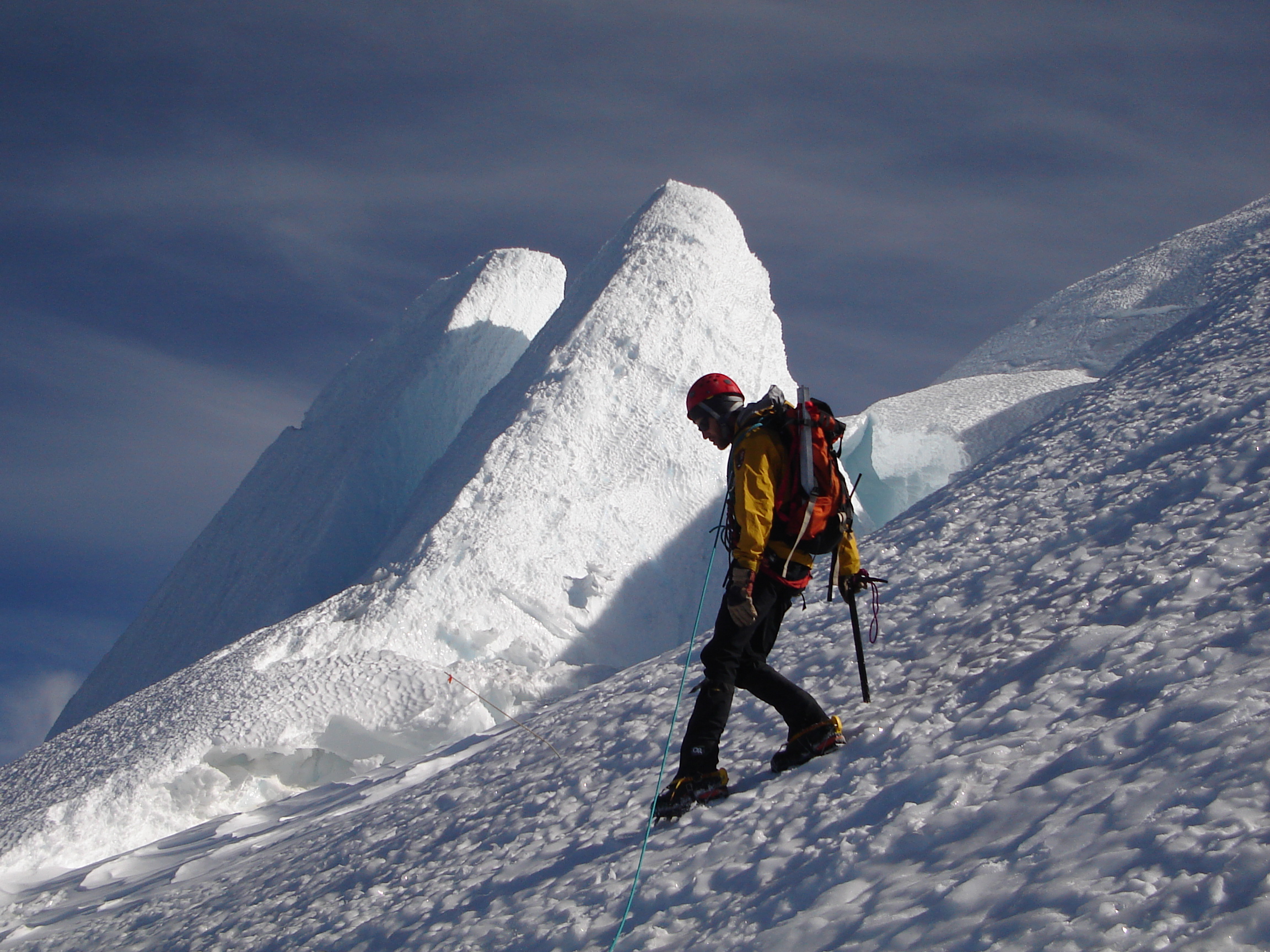
Summiting Mount Rainier involves climbing a volcano, scaling glaciers, dealing with high elevations and much more. Almost 10,000 people a year attempt to summit.
Giants of the Old-Growth Forest
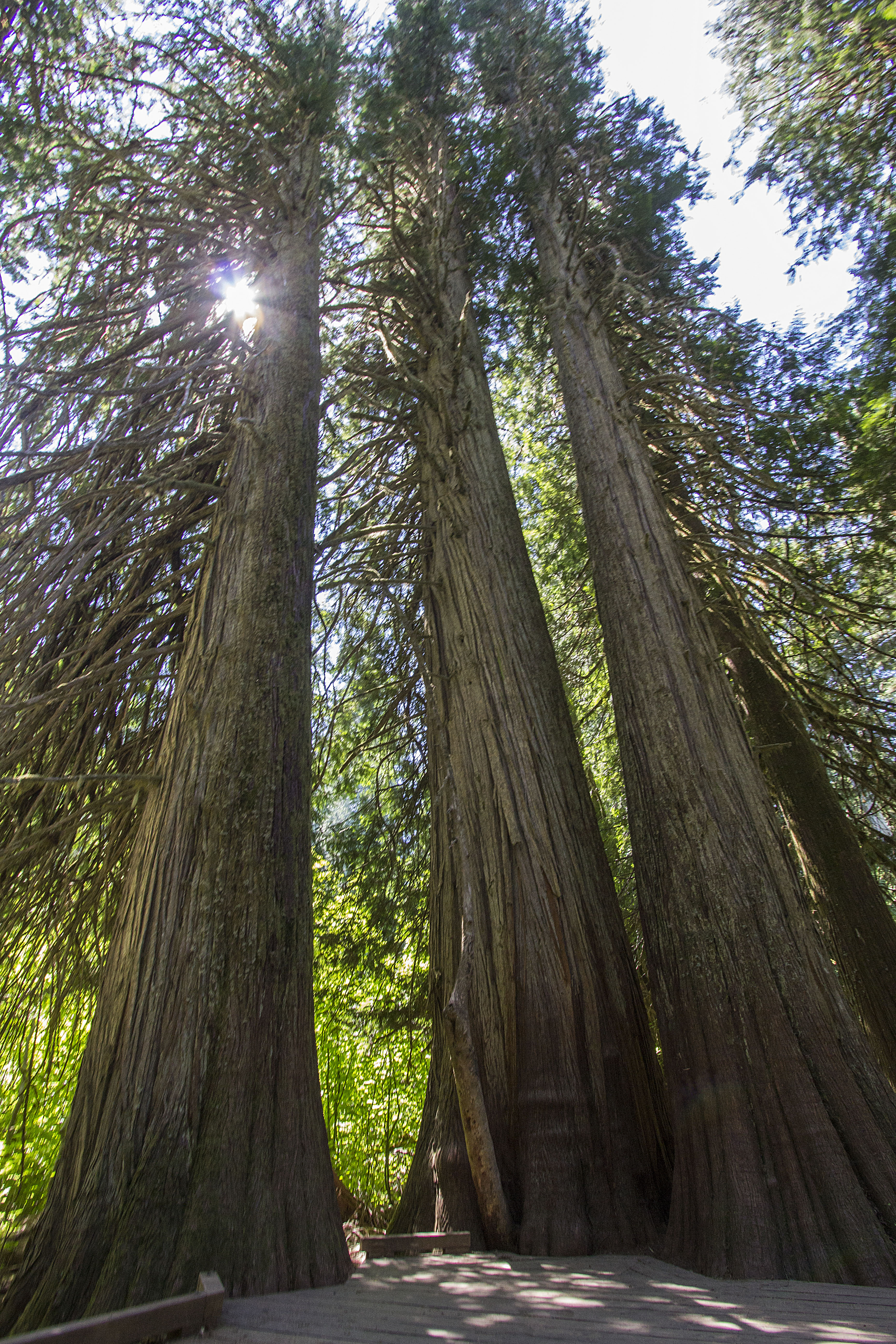
With some of the few remaining old-growth forests in the Cascade Mountains, Mount Rainier National Park protects native plants great and small in places like the Grove of the Patriarchs.
Marmot in Morning Dew
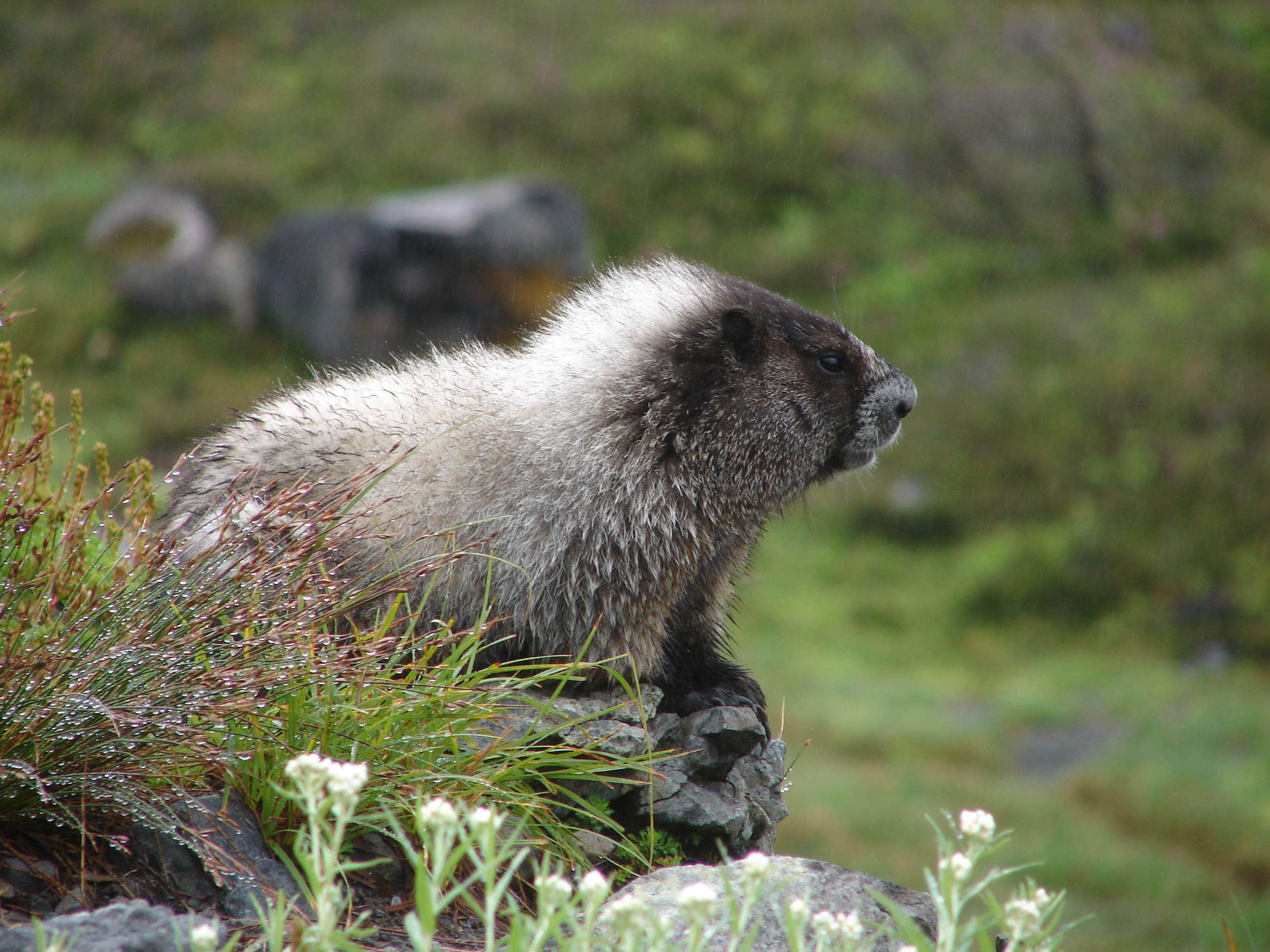
From small amphibians and hoary marmots to the black bears and elk, many animals call the wild places of Mount Rainier home.
Kids Hiking Through Wildflower Meadow
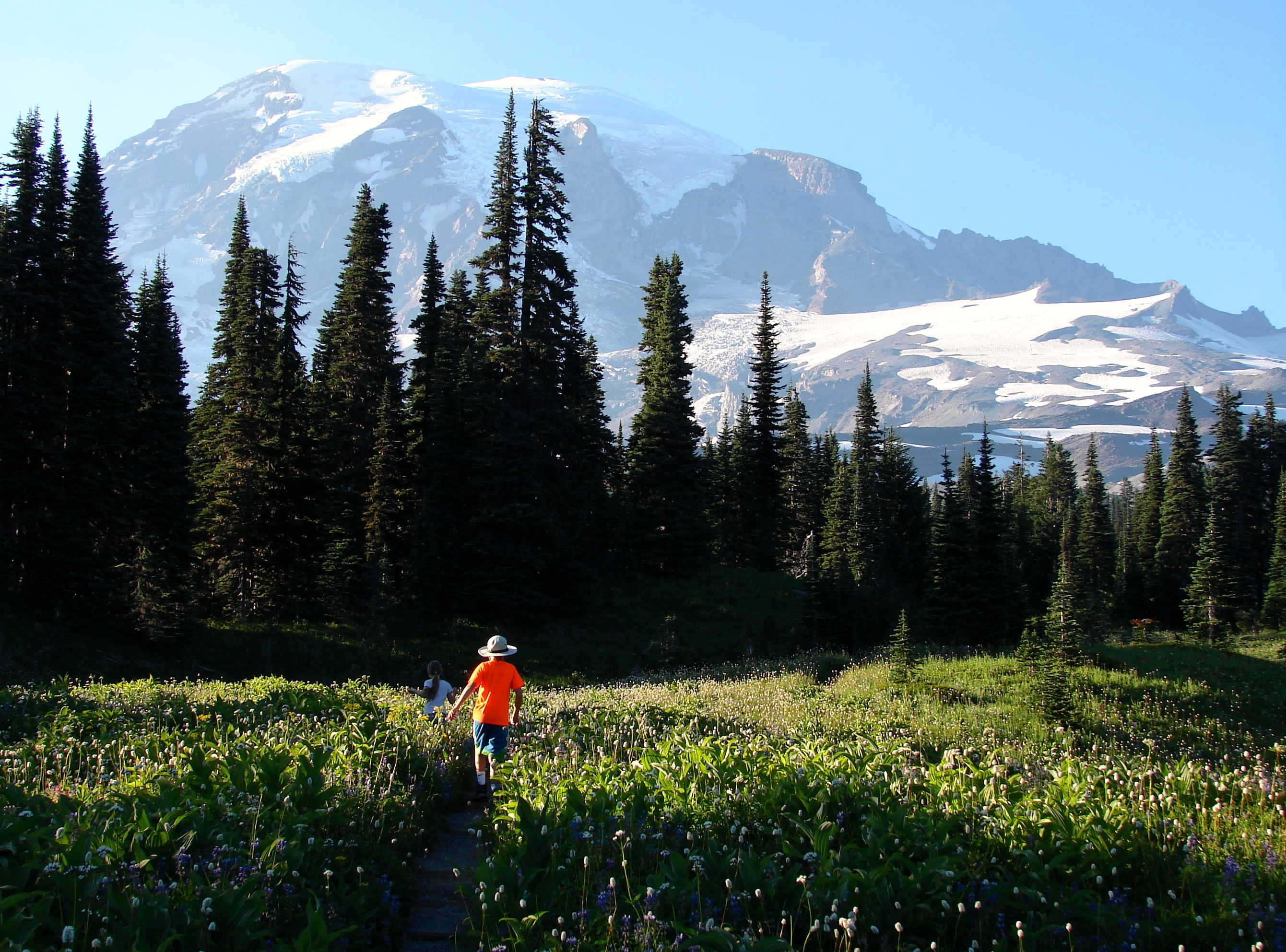
Enjoying the outdoors through recreation is a big part of many visitors' experiences.
Mount Rainier at sunset
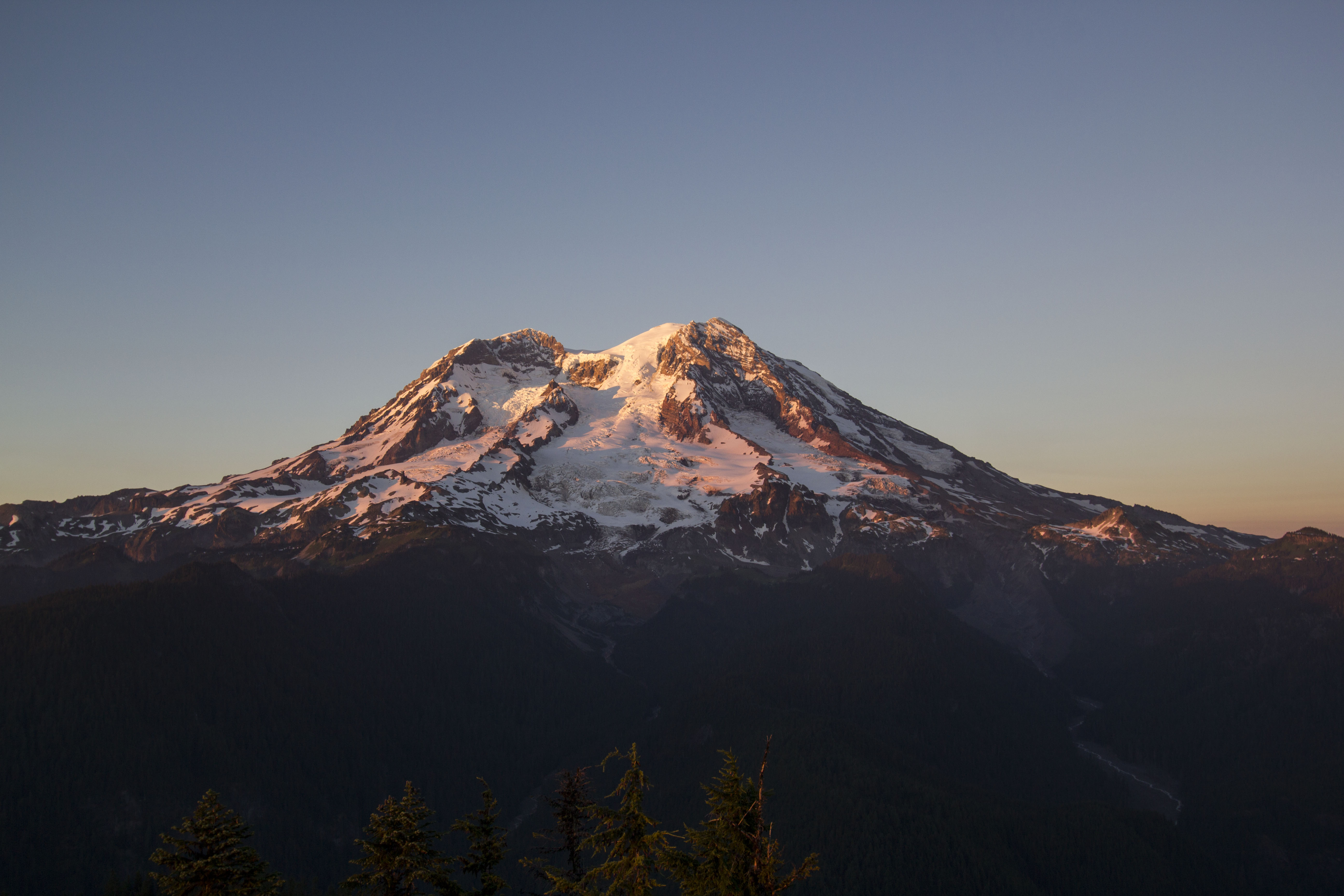
Every scenic overlook shows a different side of Mount Rainier. Viewed from Gobblers Knob Lookout at sunset, the glaciers covering the mountain turn pink and gold.
National Park Inn in Winter
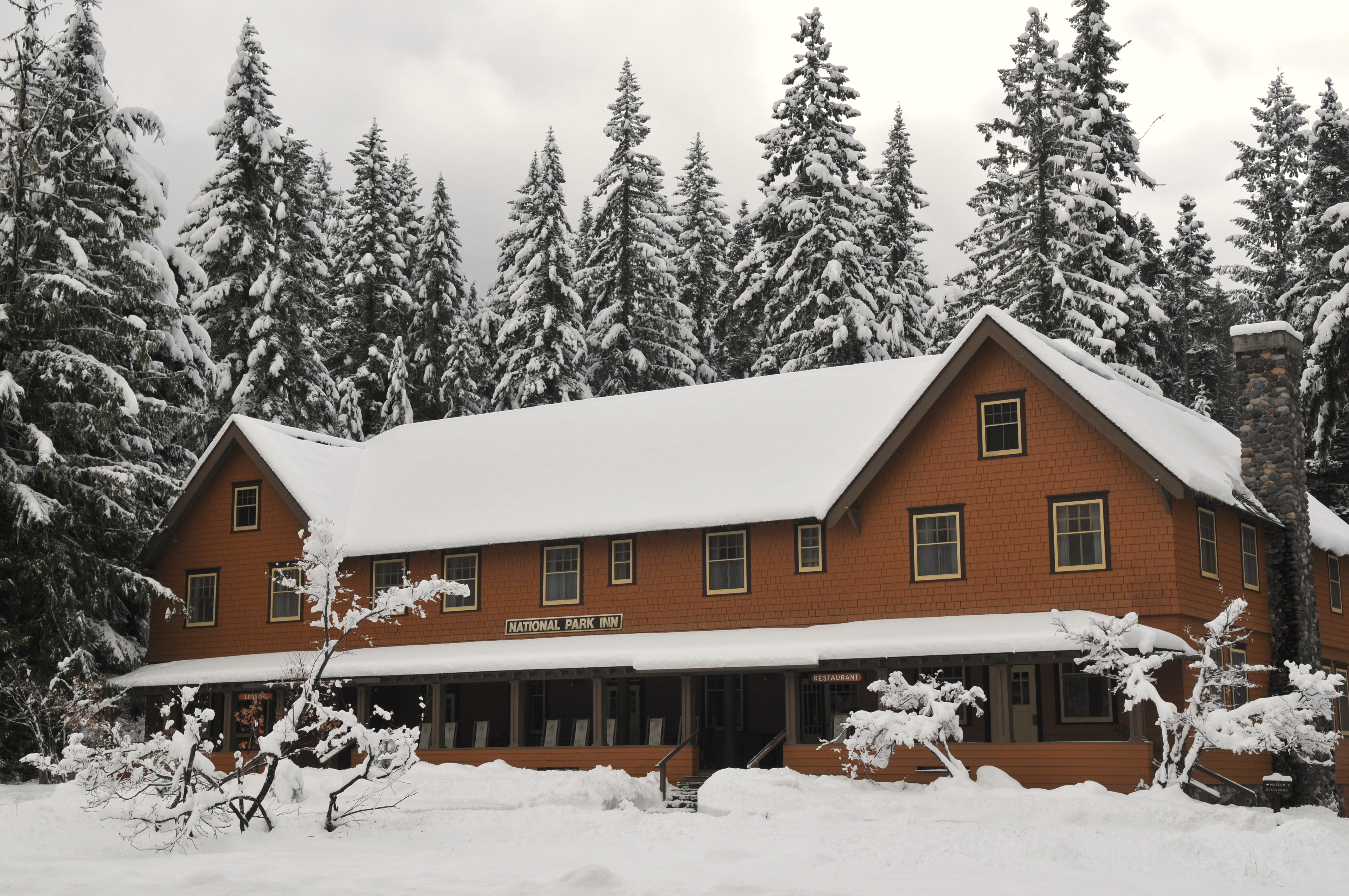
For thousands of years, people have traveled up to, over, and around Mount Rainier. Today the park strives to preserve this history while providing a chance for new generations to find their own adventures.
Wildflower Meadow Along the Wonderland Trail
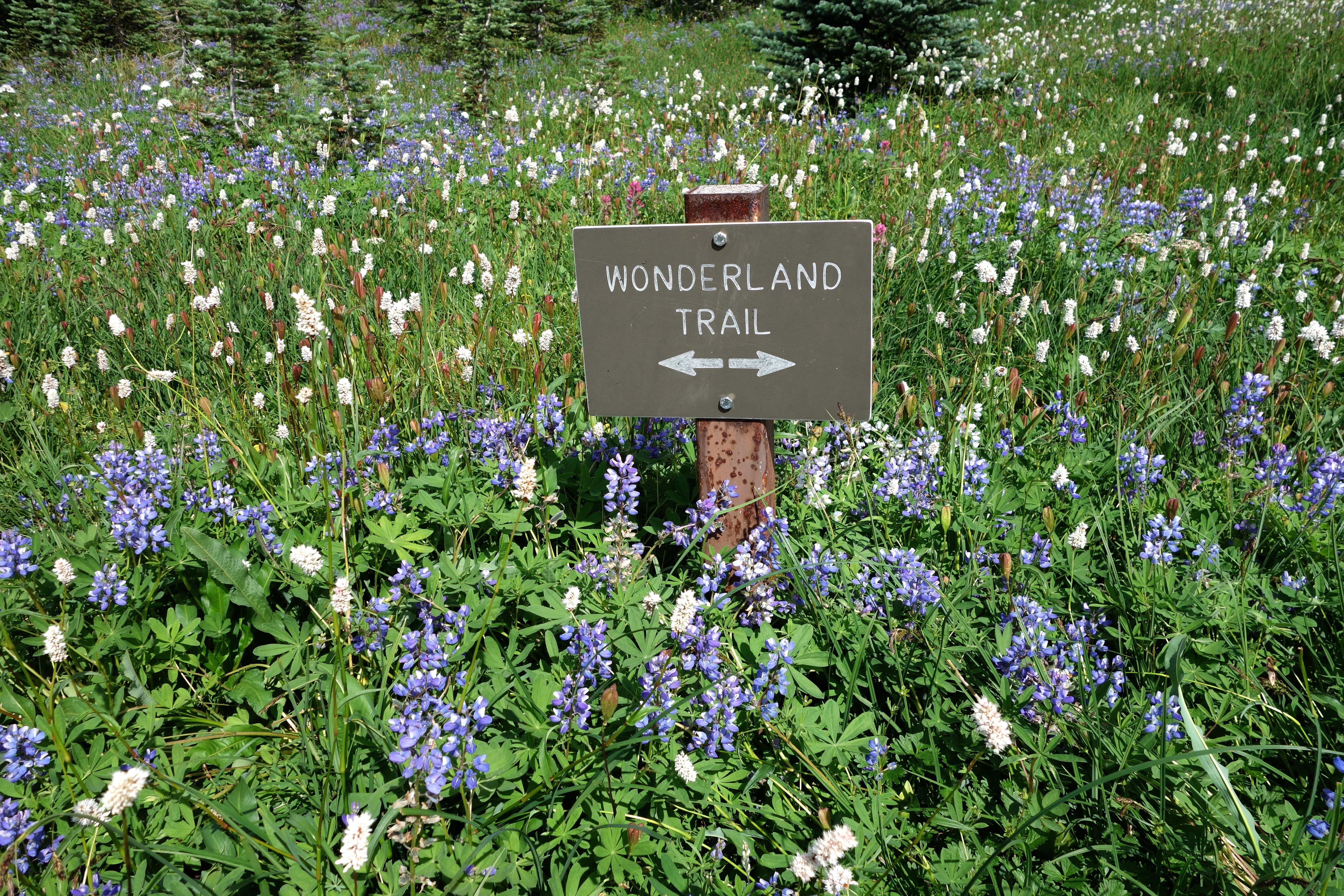
Both the Wonderland Trail and subalpine meadows encircle Mount Rainier. Summertime blooms splatter the hillsides with color.
Mount Rainier from Aurora Lake
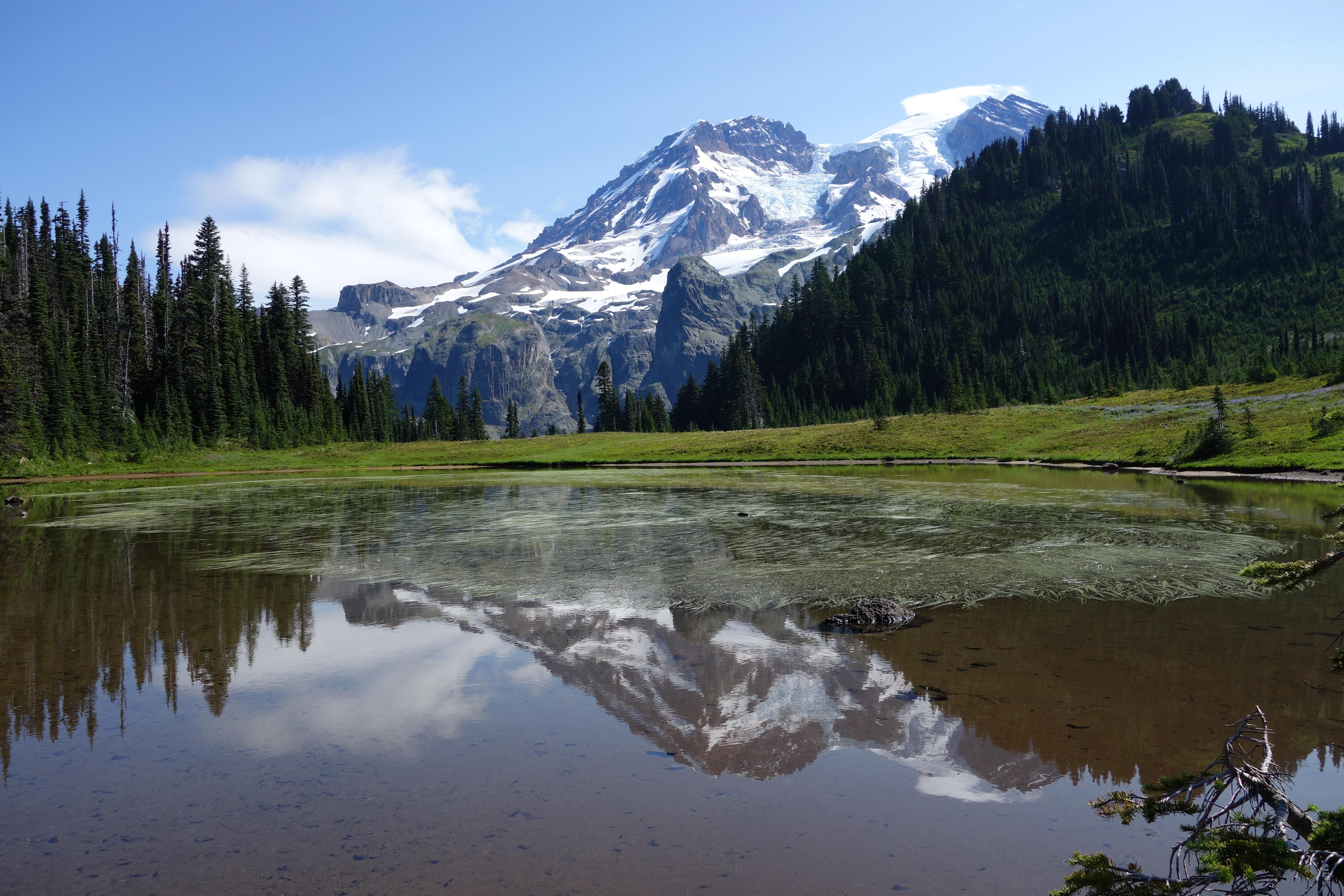
Aurora Lake in Klapatche Park on the west side of Mount Rainier.